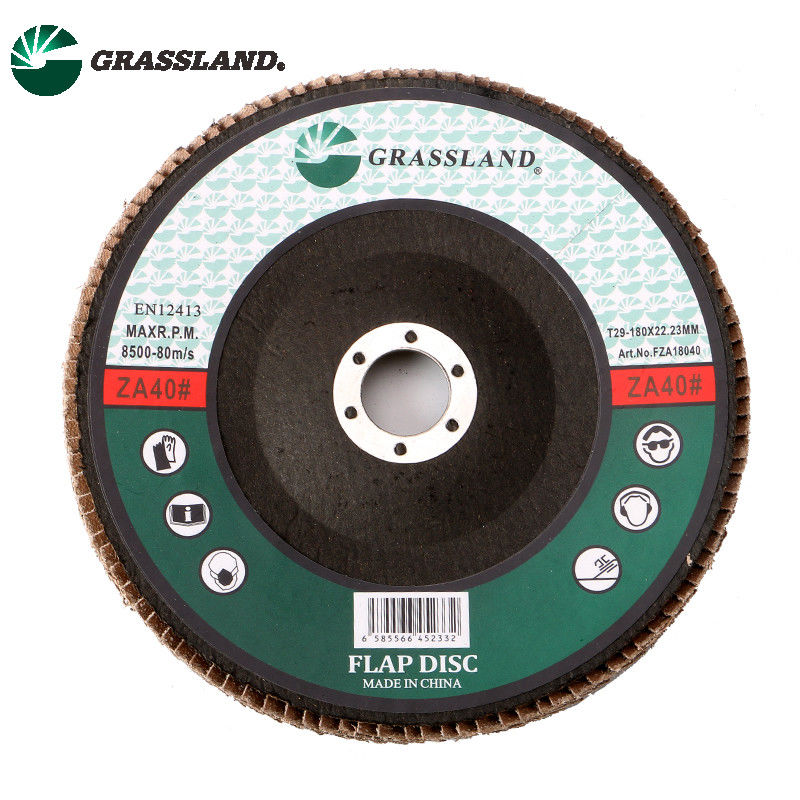Understanding Grinder Metal Sanding Discs A Comprehensive Guide
In the world of metalworking and fabrication, the right tools can make all the difference in achieving both efficiency and quality in your projects. One such essential tool is the grinder metal sanding disc. These discs are widely used for various tasks including grinding, sanding, and polishing metal surfaces. This article will explore the purpose, types, features, and tips for selecting the right grinder metal sanding disc for your needs.
What Are Grinder Metal Sanding Discs?
Grinder metal sanding discs are circular abrasives that attach to angle grinders. They are designed to remove material, smooth rough edges, and finish surfaces on a variety of metals. Depending on the abrasive material, grit size, and the specific application, these discs come in different designs and can tackle a wide range of tasks, from heavy material removal to fine finishing.
Types of Grinder Metal Sanding Discs
1. Flap Discs These discs consist of overlapping pieces of sandpaper attached to a backing plate. Flap discs are versatile, allowing for both grinding and finishing. They are particularly effective for blending, smoothing, and polishing welded seams on metal surfaces.
2. Fiber Discs Made from a hard backing that is coated with abrasives, fiber discs are great for heavy grinding and finishing tasks. They are usually more economical and can be used on a variety of metals.
3. Diamond Discs These are equipped with diamond particles and are commonly used for cutting and grinding hard materials, including ceramics and heavy metals. They provide long-lasting performance and superior efficiency.
4. General Purpose Discs Made from aluminum oxide or silicon carbide, these discs are suitable for general metal grinding tasks. They are available in various grit sizes, ranging from coarse to fine, making them adaptable for different jobs.
Choosing the Right Grinder Metal Sanding Disc
grinder metal sanding disc

When selecting a sanding disc, consider the following factors
- Material Different metals require different abrasive materials. For instance, aluminum oxide is ideal for ferrous metals, while silicon carbide is effective on non-ferrous metals.
- Grit Size Coarser grits (like 36 or 60) are suitable for heavy material removal, while finer grits (like 120 or 220) are used for finishing work. A step-by-step progression from coarse to fine grit will result in a smoother finish.
- Disc Type Depending on the operation, choose a type that matches the task at hand. For basic grinding, fiber discs are often sufficient, but for more detailed finishing, flap discs might be preferable.
- Compatibility Ensure that the sanding disc is compatible with your specific grinder model regarding size and attachment method.
Safety First
Safety should always be a priority when using grinder metal sanding discs. Always wear appropriate personal protective equipment (PPE), such as safety goggles, gloves, and a dust mask. Ensure the grinding wheel is in good condition, check for any defects, and adhere to the manufacturer's instructions closely to prevent accidents and injuries.
Conclusion
Grinder metal sanding discs are invaluable for anyone involved in metalworking. Understanding the various types, their specific applications, and safety precautions will enhance your efficiency and results. By selecting the right sanding disc for your jobs, you can improve your workflow and achieve professional-level finishes in your projects. Whether you are a seasoned fabricator or a DIY enthusiast, mastering the use of these discs is essential to enhancing your metalworking capabilities.
Post time:Oct - 07 - 2024

















